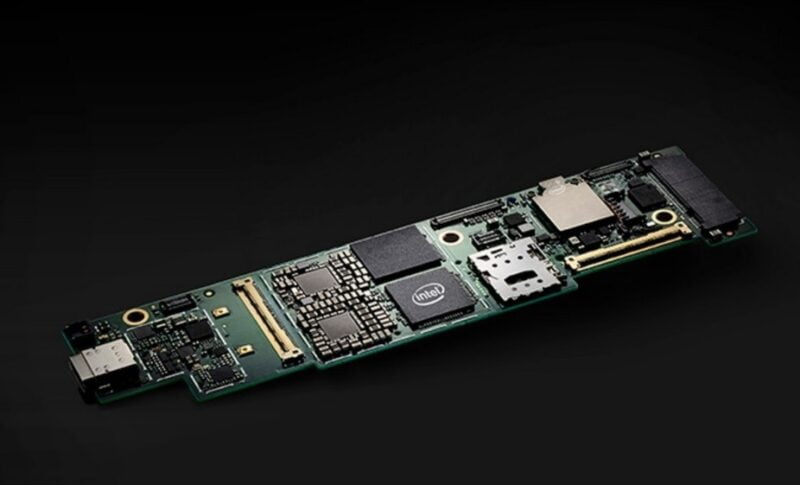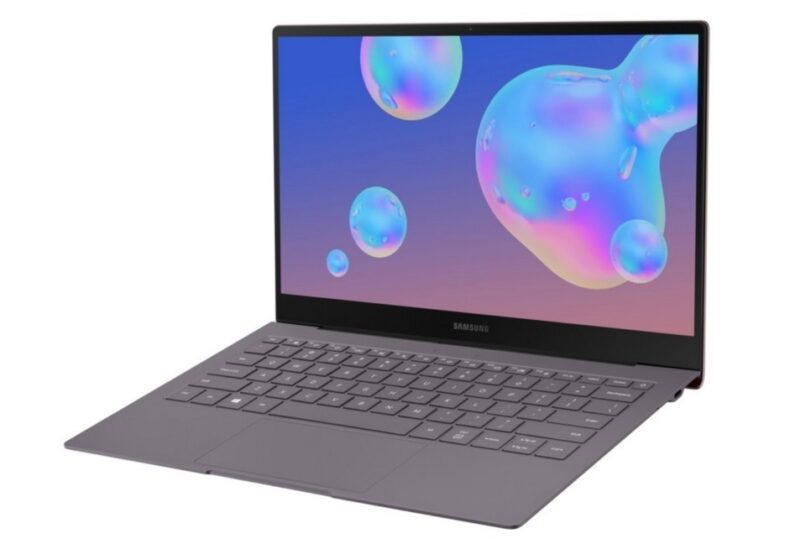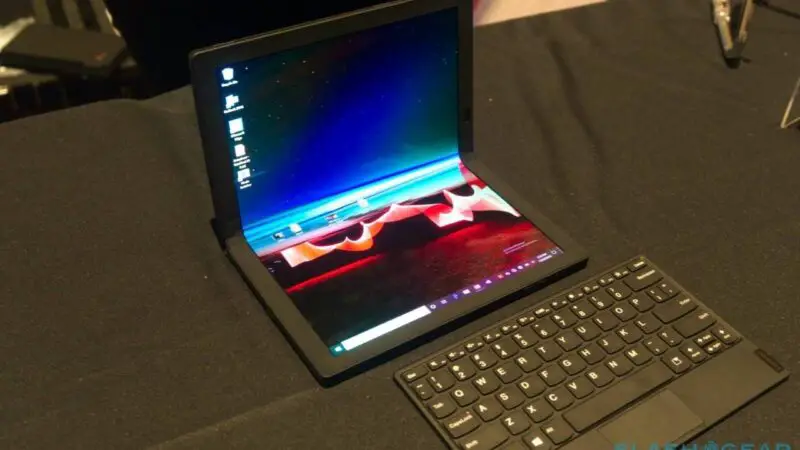Intel announced Lakefield hybrid processors foldable and dual-screen devices.
The new Intel Core processors have the so-called Intel Hybrid Technology and are part of the ‘Lakefield’ family that takes advantage of Foveros 3D technology for electronic components.
Two Intel Lakefield hybrid processors are announced
There are two models presented: the Intel Core i5-16G7 (1.4GHz base frequency) and the Intel Core i3-13G4 (800MHz base frequency). Both have a combination of five cores (and five process threads, not ten), and a TDP of only 7W.
The objective with these processors is to have especially efficient systems that provide full compatibility with Windows operating systems. The Core i5-L16G7 of this family are for example 56% more compact than the Core i7 8500Y occupy, indicate at Intel.

The new packaging system also reduces the size of the board on which these components are integrated, and in standby mode consumes only 2.5mW of power, 91% less than the Y series processors according to the manufacturer.
In addition to this, these chips have dual channels for connection to screens, which makes them ideal for those devices with a folding screen or dual screens.
10nm with a combination of cores
The new Core i3 and Core i5 of the Lakefield family will feature a more powerful and 10nm Sunny Cove core, combined with four more efficient Tremont cores and also made with 10nm technology.
That makes them processors that are finally taking advantage of that leap against the 14nm lithography that is still used by a large number of Intel processors. These cores are compatible with 32 and 64-bit Windows applications.

They also integrate Intel Gen11 graphics, a significant leap in this range of low-power processors with which Intel achieves 1.7 times higher performance than comparable processors. Wi-Fi 6 (Gig+) connectivity and LTE support are also eye-catching options in the connectivity arena.
Which devices will use Intel Lakefield hybrid processors?
There are already two announced products that will use this type of processor . The first is the Lenovo ThinkPad X1 Fold, a unique foldable OLED display device that was unveiled at CES 2020, which is expected to hit users this year.
The second is the Samsung Galaxy Book S, which without having a folding screen does stand out for its thinness (11.8 mm) and weight (950 g) and therefore can take advantage of these hybrid microprocessors and their efficiency.





